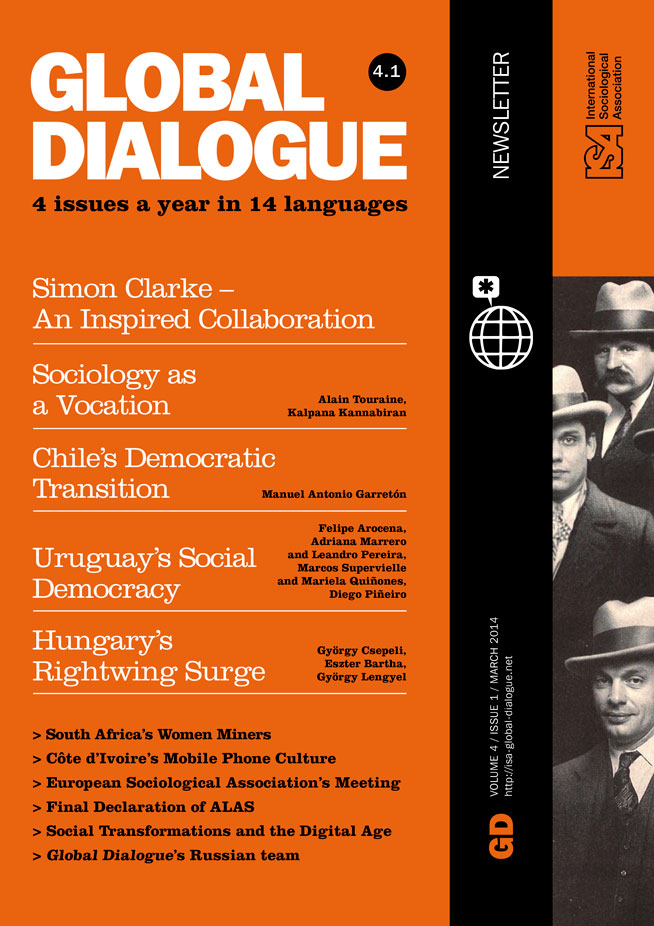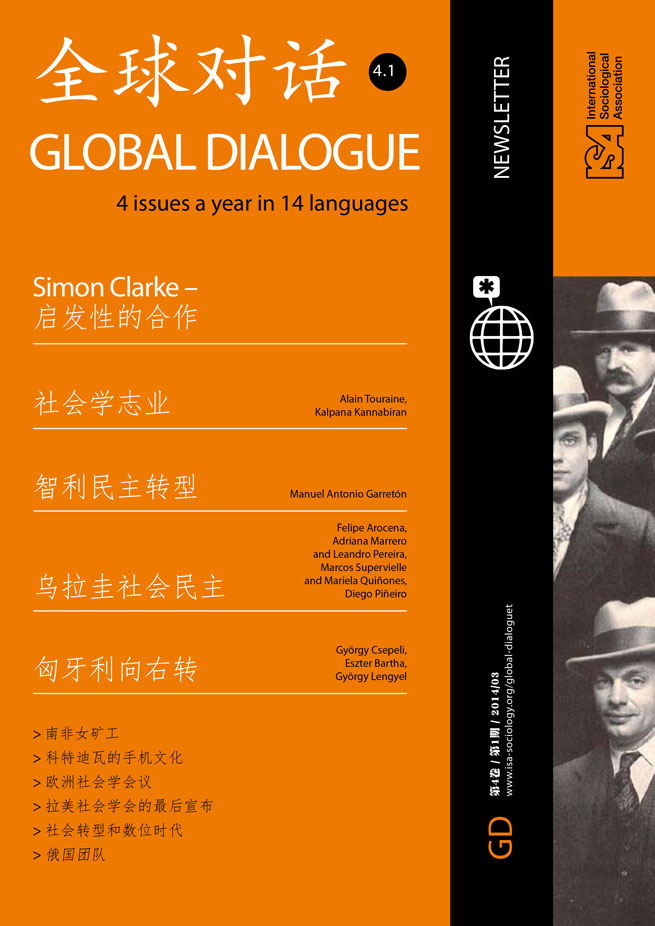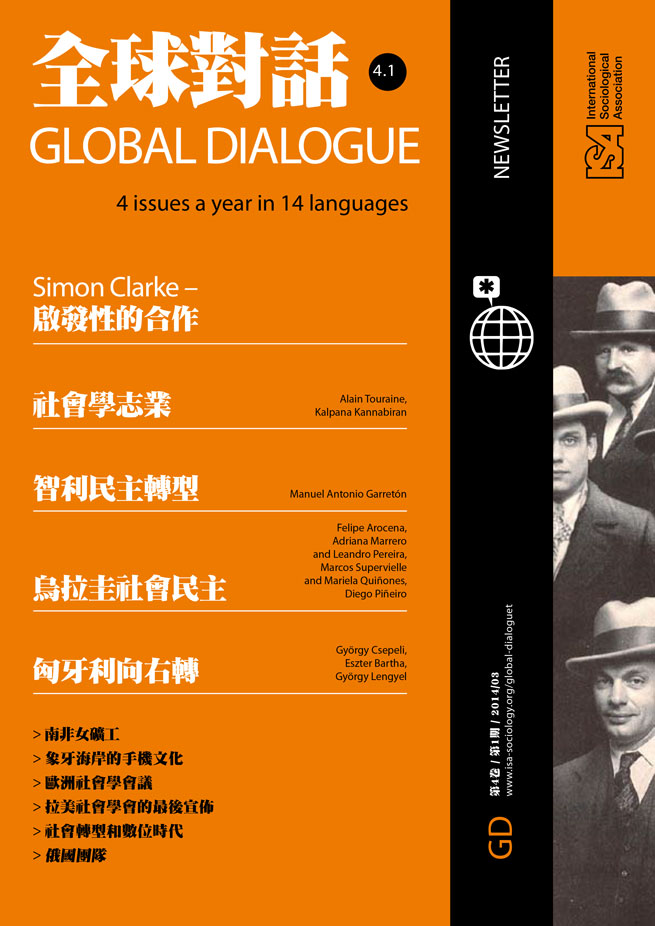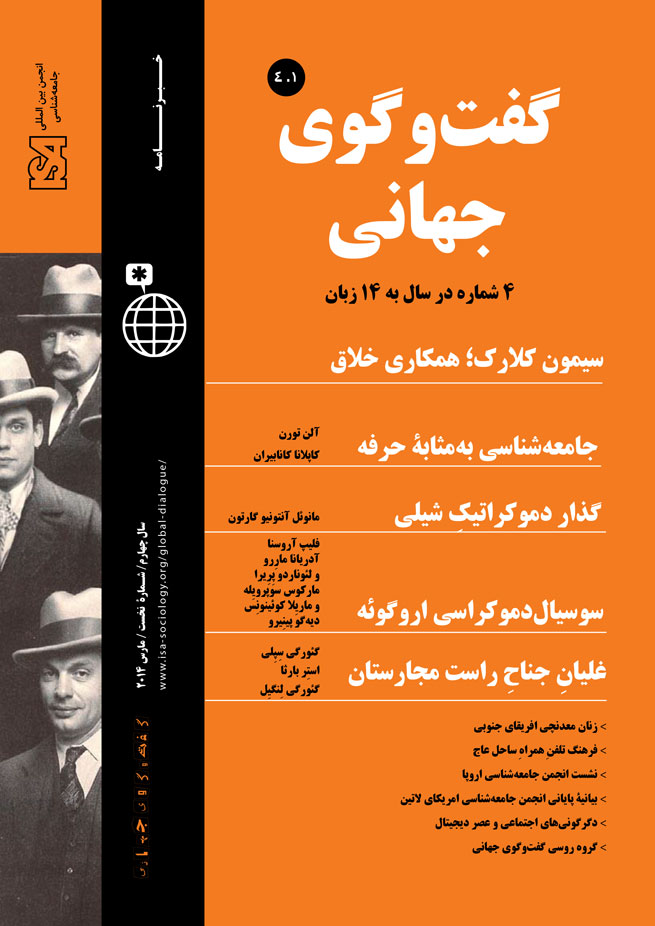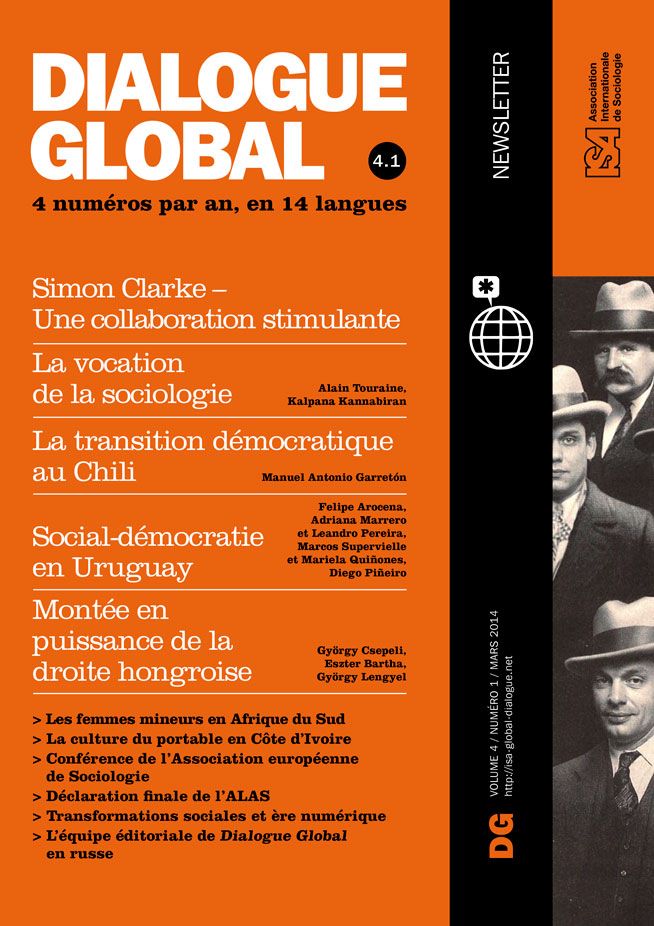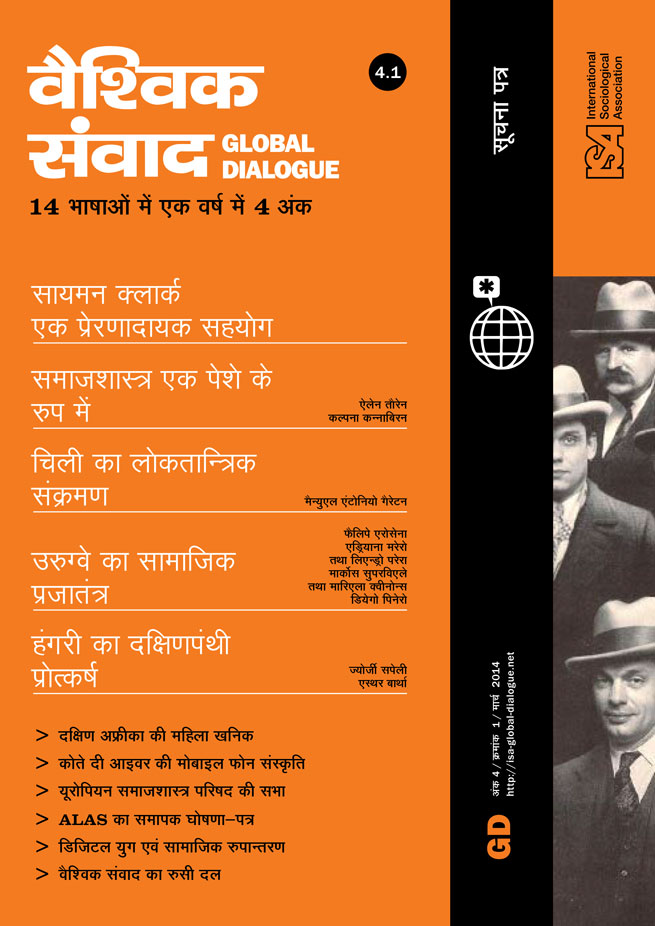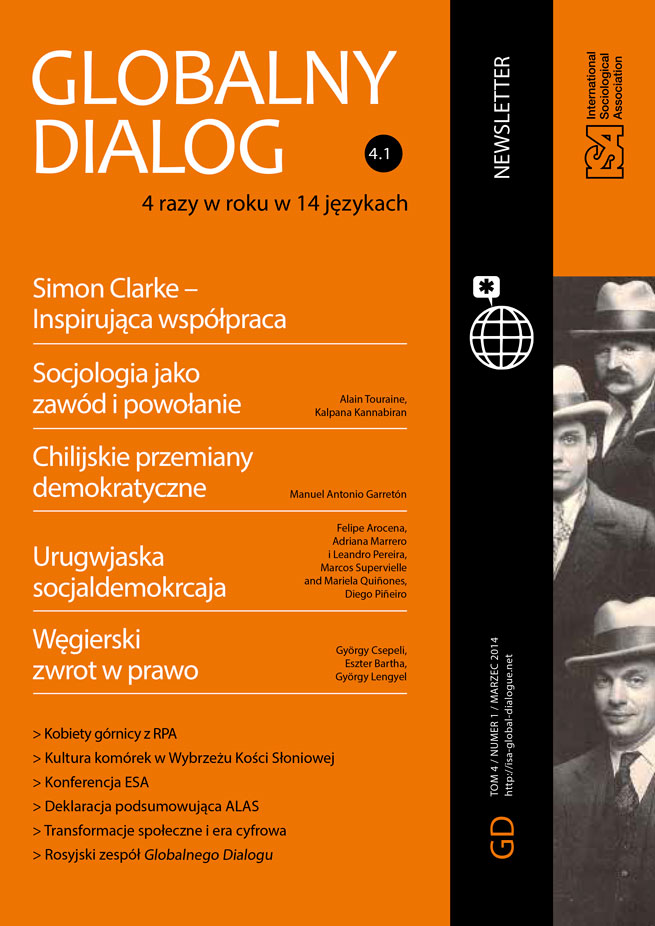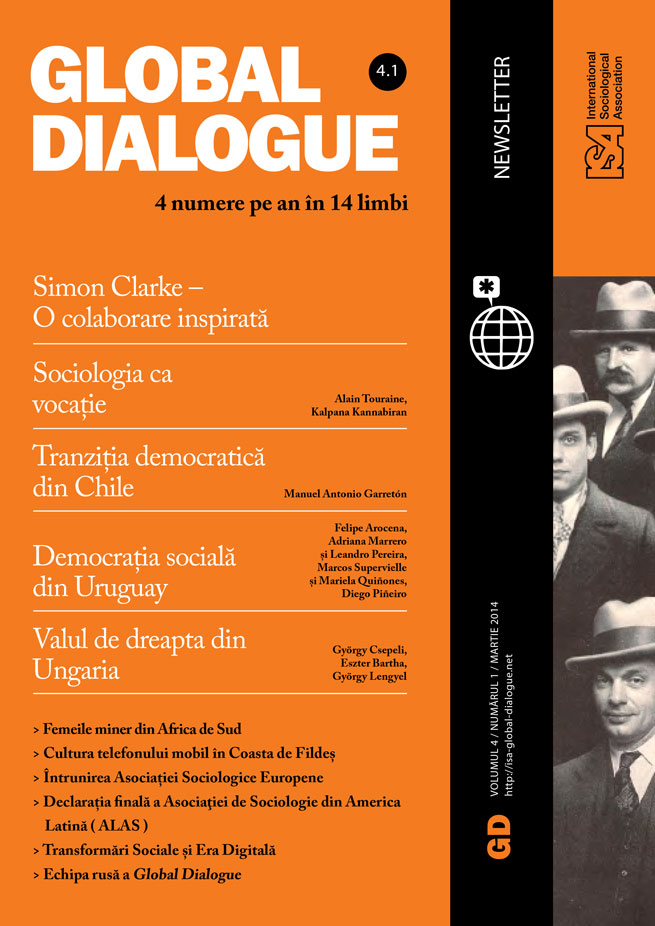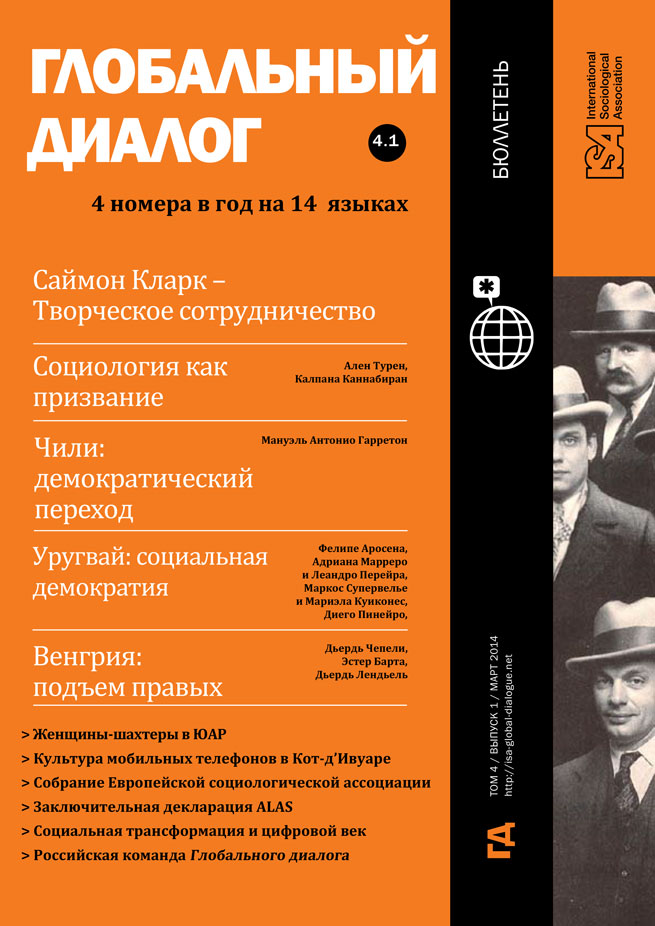Uruguay’s Miracle: Redistribution and the Growth of Unionism
February 10, 2014
The second leftist government in Uruguay, elected in 2009, has deepened its pro-labor policies through Wage Councils and a tripartite system to fix the minimum wage for all occupational categories in all sectors of the economy. In doing so, it played a strategic role in promoting progressive income redistribution. In recent years real wages have grown by 4% per annum, and the minimum wage has increased by 250%. Previous to the arrival of the leftist government in 2004, the average salary represented 6.5 times the minimum wage, whereas today the average salary is only three times the minimum wage. Contrary to conventional wisdom that redistributive policies reduce levels of employment, the unemployment rates fell from 13.7% before the first leftist government came to power in 2004 to about 6.1% on average during its second term in office.
Moreover, the jobs available during this period increasingly offered decent work. Informal labor was reduced, increasing the numbers enrolled in social security and expanding the number of beneficiaries of all legal labor rights. Fulltime employment with benefits – or good quality employment – grew from 55% of all those employed in 2004 to 69% in 2011. In this period, youth employment also increased and labor unrest diminished. To be sure the latter still fluctuates in conjunction with cycles of labor relations – those of public workers linked to votes on public budgets and those of private workers linked to the term limits of collective bargaining agreements – but broadly, and over the long term, labor conflicts have decreased.
All this was possible due to a very favorable economic situation that ran counter to the crisis occurring in more developed countries. Such a bonanza was a necessary condition for improving social redistribution, but it would not be sufficient by itself. Improving equity in society would not have been possible without a very strong political will, especially policies that had such dramatic consequences, reducing poverty from about 40% to 12% of the population and extreme poverty from 4.5% to 0.5%.
As we have noted, a social mechanism that has played a central role in this process was the so-called Wage Councils. These councils, which have had a long history in Uruguay, were reinvented by the first leftist government, and became entrenched as policy in its second term. The exponential growth in rates of unionization contributed to making the changes effective. Indeed, unionization has grown by approximately 300% since 2005, reaching a total of 350,000 members to date. By the end of 2013, the central union predicts that this number will reach 380,000, approximately 12% of the population of the country or 24% of the salaried labor force. There was an enormous growth not only in membership but also in the creation of new unions in sectors where none had existed before, such as in rural areas or in domestic work.
This explosive growth in union activity has had several consequences. On the one hand, it generated an outpouring of classic union ideologies. Traditionally, Uruguayan unions have remained separate from the state and corporations, but also from political parties – at least in the organic sense – including parties of the left. The influence of the latter operated through the leftist tendencies of leaders who could only arrive at such a position through democratic elections by the rank-and-file members. Another tradition of Uruguayan unionism is that each company or sector of production has its own particular union, turning unions into micro political systems concerned with local issues, which could be very divisive in the wider political sphere. As a result, the central Uruguayan union – the PIT-CNT – has always contained a broad range of union tendencies, albeit all of the left.
Through these democratic traditions, paradoxically, unionism lost some of its political coherence as new leaders, arising from below, did not necessarily align themselves with the historic leftism. At the ideological level, in some sectors, radical union currents appeared and developed strong anti-government positions. In other sectors, corporate rhetoric prevailed, breaking with traditions that integrated union grievances into a broad political strategy to modernize the country and improve the positions of the lowest ranks of society. These new union tendencies, which in certain situations have proven extremely aggressive, have seemed to be altering the broad organization of unionism, generating challenges to the old patterns and creating new relationships with the future government. In practice, a new corporate grievance process has developed – and even become dominant in certain sectors – that is exclusively oriented towards increasing wages, without tying these grievances to any broader vision of the world, as had been the tradition among unions. Perhaps, we are also seeing a new left, operating within the traditional union structures, or, alternatively, creating new structures for a new vision of society based on the world of work.
Marcos Supervielle, University of the Republic, Montevideo, Uruguay and Board Member of ISA Research Committee on Work (RC30)
Mariela Quiñones, University of the Republic, Montevideo, Uruguay


